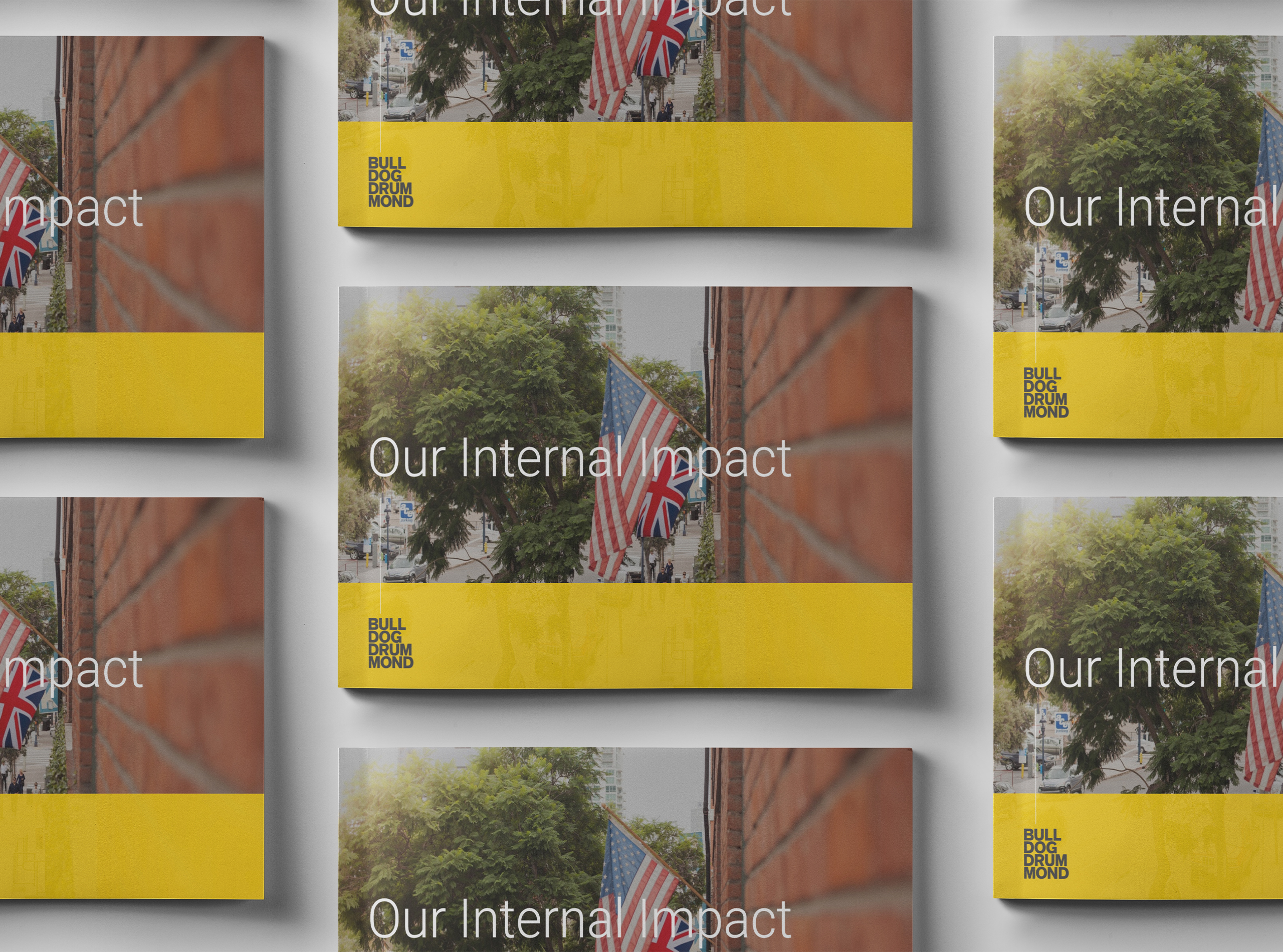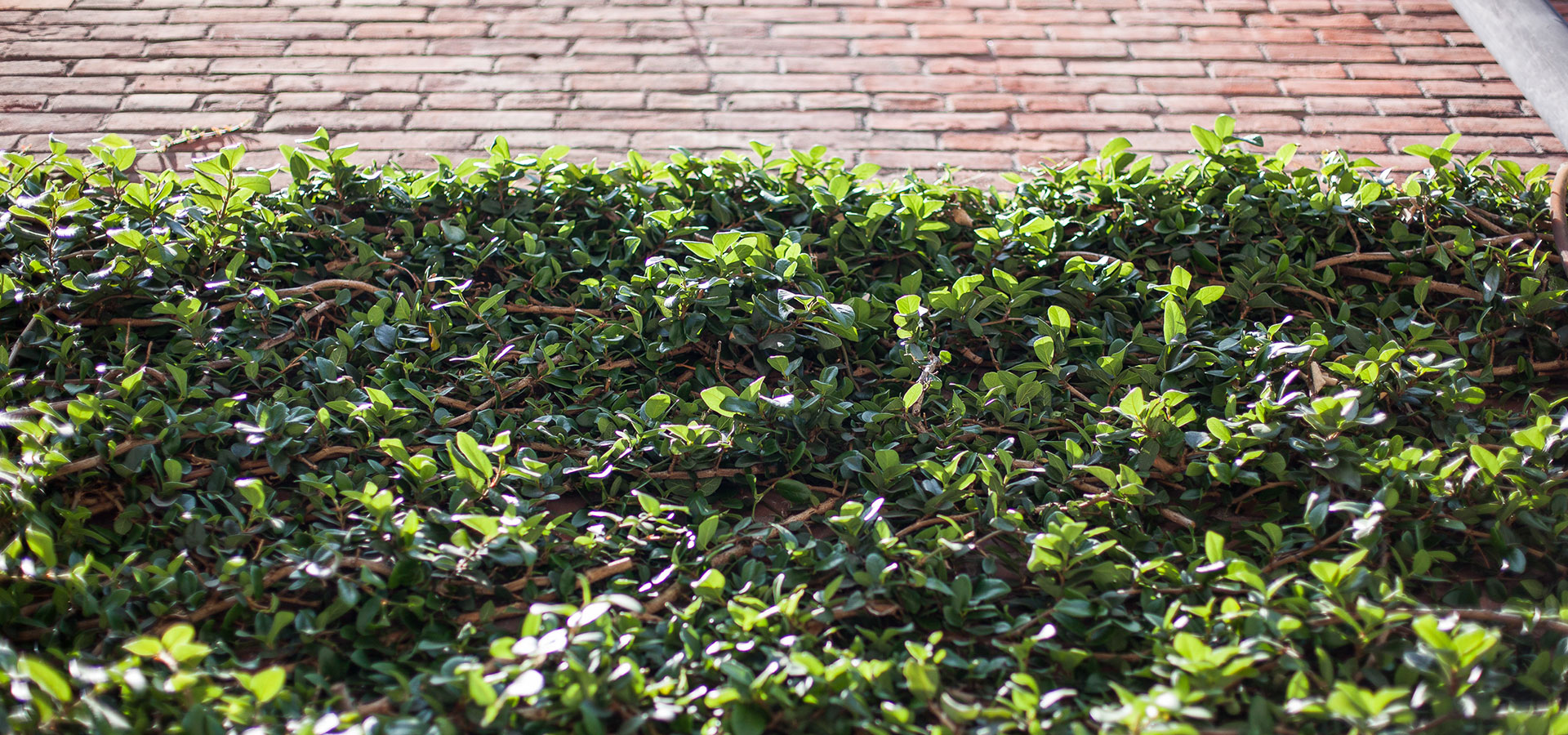
The Key to Making an Agile Working Policy Fly
Agile Working has become the buzzword for how to turn your business into a thriving, creative and productive hub while attracting and retaining the best talent. It’s moving from flexible working to smarter working. And it does what it says, if you follow the recipe.
Agile Working was originally created by Toyota to get production lines moving faster. It gives people the ability to work in various locations to complete the tasks necessary to do their jobs. Specific desks do not exist – you can work from a collaborative space, a breakout area, home, a café, or wherever benefits the task at hand. And employees are supported with practices and processes that allow them to be agile. Agile Working makes work seem less grey and more technicolor. It’s enticing, exciting and human. And it works.
Innovative technology plays a vital part in allowing people to be more flexible and mobile.
COO of Engage Works, Joe Binnion explains the importance of the link to an agile working policy, “The key to designing purposeful working environments fit for a digitally disrupted world is to be design-led, not just in spatial design but in the technology and the relevant working processes. It is about creating flexible environments and technology that support the work being done, with agility to respond to different modes of working at different times. Agile working environments enable creativity, innovation, collaboration and acceleration in a range of contexts – sales, organizational change and technology development to mention just a few. A physical workplace is fast becoming the location to congregate and collaborate – there is now a generally accepted design principle that creativity is much less likely when people are sitting at hotdesks.”
An office space that promotes flexibility, collaboration, wellness and convenience for employees to focus on their work combined with a well executed agile working policy will help your people bring more of their unique talents to play every day. It will help them live happier, more creative and productive lives and it will free up huge amounts of senior leadership time. What’s not to like?
The challenge. Most companies aren’t prepared to behave differently long-term to support the shift. They start with good intentions but they rapidly fall by the wayside as old habits come back into play.
Command and control are a thing of the past, they do not suit the modern working landscape. Nearly all senior executives will agree; yet few can let go. It is all about embracing trust. “If you really trust people and really rely on them, they are more reliable and trustworthy,” says Syd Nadim, CEO of Clock, a UK digital marketing agency “Let go and watch how well other people can deliver and perform.”
Your people aren’t a scarce resource that need to be optimized, they are unique sources of genius that need to be released. Create the conditions of brilliance for them and they will fly.
Lead by Example. To make sure the policy works there are criteria that need to be adhered to across the board. By everyone. After all, you are changing the heart and soul of your business. It is not just an environmental spruce up. “The first and most important step is leadership support and accountability,” says Marcee Harris Schwartz, of accounting firm BDO USA. “A key differentiator for us is that our chief executive, Jack Weisbaum, feels ownership of the strategy and speaks eloquently about the benefits. He speaks about how he will try and wrap-up part of the day, go for a swim, have dinner with his wife, then log back on in the evening to interact with our west coast leaders.”
Don’t measure inputs but savour outputs. Spend more time collecting evidence of success through metrics and stories which will inspire teams and help everyone understand where things could be better. Success examples can help you adjust your course as you learn. We recently worked with global drinks manufacturer, Britvic, who developed their hugely successful internal Way of Working for Marketing Excellence awards; WoWme.
“We launched the WoWme awards with the objective of embedding our capability programme and at the same time rewarding creative behaviours and outputs. People can nominate whomever they like so the feeling is one of sharing and caring rather than simply competition. The awards also act as a portal for showcasing inspiring creative work through our internal site. WoWme has definitely established a condition for brilliance, which combined with promoting an environment that allows creativity to thrive, has seen our teams deliver a range of innovative and dynamic campaigns which have directly impacted sales growth” says Britvic’s CMO Matthew Barwell.
Constantly experiment. What works for one culture will not work for another so you have to try things out to see what fits. It’s like buying clothes, they may look good on a rack and feel good to touch but until you try them on, you don’t know. Albert Einstein once said “No amount of experimentation can ever prove me right; a single experiment can prove me wrong”. Try stuff out and you will learn fast.
Invest in your people’s skills. They then gain the confidence to answer the question, “What’s needed here?” Teaching people new ways of working will stop them overworking while away from the office, prompted by feeling like they still have to prove their worth by sending emails and reports – the main reason many purely flexible working policies fail to increase productivity. Research by the International Labour Office found that the average worker who has the freedom to set their own hours work 17 extra working hours a week. Even worse, our per-hour productivity during an increase in working time always falls. A recent study reported that individuals working 55 hours or more per week had a 33% greater risk of stroke and a 13% increased risk of developing coronary heart disease.
Take a note from the Danes who have a totally different mindset to work and the best work life balance in the world, working only 33 hours per week on average. Consequently, they are one of the happiest countries in the world and the second most productive country in the EU. A Danish worker quotes “We are trusted to do a good job, then leave”.
Support structures. Don’t leave people on their own. Work them in pods, pairs, and have coaches on the floor so they can bounce ideas off each other and grow. Agility is all about teamwork. “Toyota put its workers in pairs, often a novice with an expert because the former learns from the latter and might occasionally come up with a new way of doing something,” says Martin McNulty, of digital agency Forward3D and an advocate of agile working. “They also checked each other’s work, saving the need for quality-control departments.”
Celebrate uniqueness and celebrate life. When we are being true to ourselves we do better work, so encourage employees to turn up as they are and celebrate that. Enjoy agile working in its delivery of living a better life not just better work. Help people live better every day and they will work better every day. Unilever’s agile working policy does just that and includes job sharing, flexible or reduced hours and working from home. “Our new way of working measures performance on results, not time and attendance. It reinforces diversity by helping people, particularly women, balance their personal and professional lives.” Career breaks are seen as a postponement not a cancellation of progression.
Make it fun. No point having lots of freedom if the office isn’t a honey pot of joy. Don’t put structures in like ‘Everyone in the Office on Mondays’. Make it attractive for them to be there so they come by choice. The office should be a reward not a pain in the butt. Take note of Richard Branson’s ethic, “More than any other element, fun is the secret to Virgin’s success”.
Get an Agile Work space happening and you may have just done the most important bit of leadership of your career.


Uncommon Person: Chad Hutson

Our Internal Learning & Impact at Bulldog Drummond

The One Decision by Employers in 2021 that Means Everything

What I Wish I Knew

Standing Up Inside

Uncommon Person: Gregg Imamoto

Five Things Every Company Should Know about ESG

Redefining Value

Uncommon Person: Chris Baréz-Brown

It’s Time For A Whole Lotta Common Good

Did You Choose Humanity?

Uncommon Partnership: Violux

Here’s How

Uncommon Person: Santhosh Nair

Designing Strategy For A Complex World

Responsibility & Relevance for Brands

